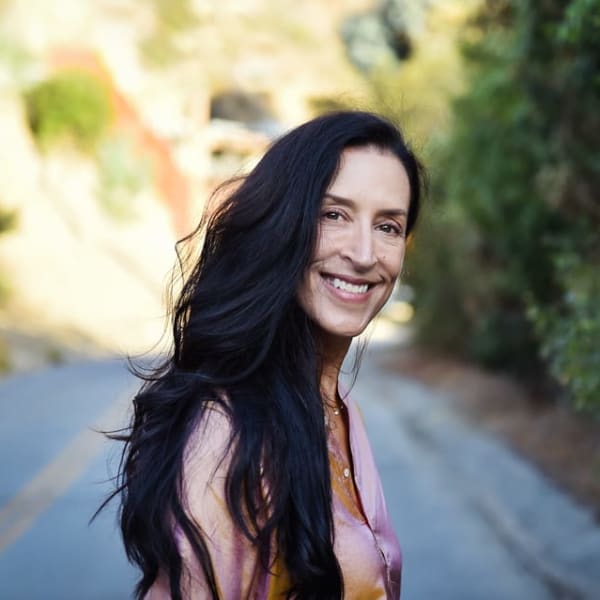Why Vipassana is Right for Me

Today, I’m a Vipassana meditation teacher, but it took me a while to discover this practice. I had always felt a yearning to meditate and tried many different ways, including transcendental meditation (TM), traditional Zen, and Tibetan Buddhism.
Still, I had trouble genuinely connecting to these practices. So, I just limped along in life, yearning for a spiritual path but not knowing where to find it.
My life reached a kind of crisis in my early 30s when I became a stay-at-home mother with two young children. I had worked my entire life and had always justified my existence by the next achievement. But when I found myself at home caring for my young children, I realized in a painful way that I could not just “be.”
Simultaneously, I was fortunate to become a part of a clinical study group with Dr. Daniel Siegel, a clinical professor of psychiatry at UCLA, right at the time when he was starting to practice and write about mindfulness meditation and neuroscience.
As the co-director of the Mindful Awareness Research Center (MARC) at UCLA, Dan asked me to begin practicing with Diana Winston, a well-known mindfulness teacher who’s taught in various settings, including hospitals, universities, corporations, nonprofits, and schools.
This secular pathway worked perfectly for me at the time, as the language was more relatable, relevant, and practical. Also, there was so much research supporting it, which appealed to me.
The Benefits of Vipassana Meditation
It all opened up so beautifully from there into more traditional Vipassana Buddhism, with the support of teachers such as Jon Kabat-Zinn, Joseph Goldstein, Sharon Salzberg, and Jack Kornfield, to name a few. I felt like I hit the jackpot as far as finally finding an authentic spiritual path! I am happy to share that now, I can honestly “be,” and my life has been transformed.
The Vipassana Buddhism lineage of meditation works well for me because it is grounded in the here and now and immediately beneficial. Also known as insight meditation, this practice is supported empirically. There are no gurus, blind faith, or metaphysics involved.
You never outsource your power to any external person or idea; the most profound teacher becomes your own direct experience, not any dogma. It is an age-old and practical guide into embodied and knowing presence — being with life to awaken and liberate the heart and mind.
Life is the ongoing meditation; every moment is explored as the potential for enlightenment, to the degree that we can be fully present.
A Path to Happiness
I sit in formal meditation every morning for my daily practice, and I also practice informally throughout the day.
This path is about cultivating inner resources of compassion, kindness, wisdom, equanimity, and love that are not dependent on external conditions. Therefore, all true happiness is understood more and more as an “inside job” and is always available, no matter what happens.
This is profoundly empowering and liberating. It is a path that is ethical, engaging, and connecting — to ourselves, each other, and the world for all the deepest and best reasons. Because I am interested in living fully, deeply, and completely before I die, this path has become my true refuge and home.
Feel grounded in the here and now, through this live session, Know Your Inner Calm, by meditation teacher Lisa Kring.
Header photo: DianaHirsch/iStock/Getty Images Plus









